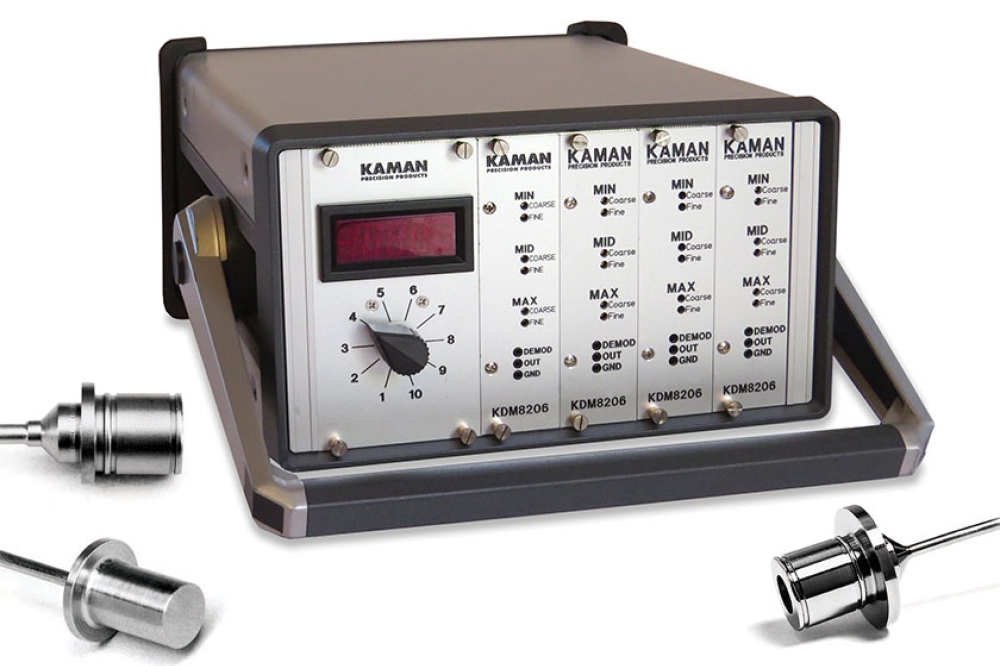Flexciton trials software at Renesas fab

Tackles one of the most complex aspects of fab scheduling.
Timelink constraints are one of the most complex issues to handle in fab scheduling. They define the maximum allowed time between steps in the production of a wafer. Correct scheduling of timelinks is critical to helping minimise the risks of oxidation or contamination. This can happen when a wafer is queuing outside of a tool for too long, resulting in scrappage or rework that damages profitability. Renesas Electronics asked Flexciton to see if its intelligent scheduling software could improve this aspect of scheduling in the diffusion area of its wafer fab.
What makes timelink constraints very hard to schedule is their interdependence. For example, by moving from step one to step two, the wafer enters the first timelink. When moving from step two, the wafer enters a second timelink which lasts until step 4. However, there can also be a third timelink constraint – known as a nested timelink – between step three and step four which overlaps the second timelink constraint. Therefore, step three has to be scheduled in a way that allows for both the second and third timelink constraints to be adhered. This example discussed is just for a few steps but, in reality, there could be hundreds of steps and many overlapping time constraints that need to be continually considered. This creates one of the most complex scheduling problems seen in a wafer fab, and any violation of the timelinks has a negative financial impact.
The most commonly used scheduling approach is based on heuristics, using a set of if-then operational rules that have been manually programmed and require constant maintenance. This is a relatively simplistic methodology that has hardly changed over the past two decades and thus cannot effectively solve today’s much more challenging scheduling problems. In modern day fabs, very complex, multi-dimensional problems are common on a daily basis and existing heuristic approaches don’t have the built-in intelligence to look ahead to future steps.
Flexciton’s next-gen scheduling software is the only solution on the market that is able to do this. It pairs powerful mathematical optimisation technology with smart decomposition techniques to work out solutions with complete autonomy. It has the ability to generate an optimised production schedule within a few minutes by searching through billions of scenarios to select the best possible one. Importantly, its intelligent algorithms consider the knock-on effects that one change can have against all the other constraints in the fab – including timelinks. This repeating iterative process ensures that it is continually updating the schedule to allow for any changes in fab conditions or business objectives.
The software was run in a simulation environment that replicated the way that Flexciton’s scheduler would have run live at the Renesas fab. The results showed that a significant improvement in reducing timelink violations of 29% could be achieved. Additional improvements would be possible of a 22% reduction in the number of batches and an 11% reduction in queue time despite these two KPIs being conflicting. This is because decreasing the number of batches naturally means increasing the number of wafers in each batch, but this increases the queue times for each batch as operators wait for new wafers to arrive at the tool before processing them together.
Currently, most fabs have no knowledge of the arrival times for future lots so operators can sometimes wait unnecessarily to maximise a batch size, causing more wafers to queue and damaging productivity. Uniquely, the Flexciton scheduler can see how lots are moving in time and can thus optimise the trade-off between number of batches and queue time to achieve the impressive gains seen on these conflicted KPIs.
Renesas were impressed with the simulation figures. Jay Maguire, Engineer at Renesas, commented, “Flexciton was able to show us several specific decisions we could have done differently to improve batching and cycle time. We are pursuing a live trial of the Flexciton software.”
Jamie Potter, Flexciton’s co-founder and CEO, explained, “The key differentiator of our approach is that our software has the intelligence to predict what may happen in the future based on the current state of a fab (or WIP in a fab). It searches for the best solution amongst billions of possibilities to continuously keep finding the optimal schedule that meets the KPIs to maximise a fab’s productivity and profitability. Humans and heuristics just can’t do that.”

































